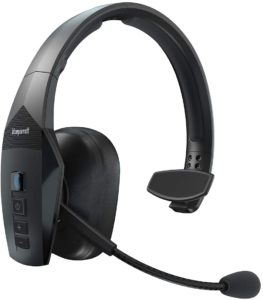Last updated on June 26, 2010
In this article, we look at some of the administration and configuration features of the Buffalo LinkStation Pro Duo NAS.
Logging in
In your web-browser, enter the IP address of your Buffalo Linkstation, e.g 10.1.5.5. You should see a login page. Enter your administrator login name and the password.
Home
This is the first page that you see when you login. On this page, you will see the following items (values shown are examples, and will differ based on your setup). You cannot edit any of the fields seen on this page.
- Linkstation Name: The name you chose for this box, e.g., “BufNAS1”
- Model Name: The model number and the firmware release version, e.g. “LS-WTGL/R1 F/W 1.02”
- IP Address The IP address assigned to this box, typically by the DHCP server (e.g. 10.1.5.5)
- Current Date and Time: based on your time zone setting, e.g. “2008/6/9 8:28:54”
- HDD Space Used: Current HDD Configuration and Usage, e.g., “RAID Array 1 (180.38 GB / 458.10 GB (39.38 %)”
Setup Pages: The following links will take you to pages with detailed information on the corresponding configuration settings.
Basic (detailed page under development)
This is the page where you can configure the hostname, date and time, NTP server settings and language settings.
Network (detailed page under development)
In this page, you can configure network settings related to DHCP, IP Addresses, Ethernet settings, and Workgroup and Domain settings.
Disk Management (detailed page under development)
This page contains settings related to Drive Properties, RAID settings, USB settings and various Disk utilities.
Shared Folders
Use this page to create/delete shared partitions on your disk.
Group Management (detailed page under development)
You can create/delete user groups in this page.
User Management (detailed page under development)
You can create/delete users and assign them to groups in this page.
Web Access
Use this page to configure web service/access to your disk.
Disk Backup (page under development)
LinkStations can automatically run backup jobs onto each other. This page gives you the tools to configure backups.
Maintenance (detailed page under development)
This page gives you access to configure various settings such as mail notifications, UPS settings. shutdown and initialization options.
System Status (detailed page under development)
This page gives you a list of all configuration settings in one place.
Logout
After you are done administering your Linkstation, it is always a good idea to logout.
Disclaimer: This article is based on my user experience with this device. It attempts to summarize what I learned while setting it up and configuring it for my use. The opinions and ideas discussed here are entirely mine, and this is not to be treated as the official guide for this product.




























[…] Article: Buffalo LinkStation Pro Duo NAS – Administration […]
[…] is part of the Buffalo Linkstation Pro Duo NAS Configuration […]